Entry Category: Science and Medicine
 Harry M. Meyer
Harry M. Meyer
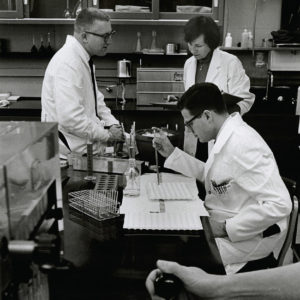 Harry M. Meyer
Harry M. Meyer
Mickel, Lillian Estes Eichenberger
Midwives
 Miller Creek Bridge
Miller Creek Bridge
Millipedes
Millwood Dam and Lake
 Millwood Dam
Millwood Dam
Miser, Hugh Dinsmore
Mississippi County Community College Solar Power Experiment
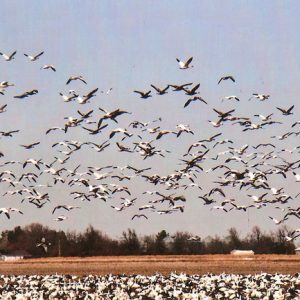 Mississippi Flyway
Mississippi Flyway
 Missouri Pacific Hospital
Missouri Pacific Hospital
Mites
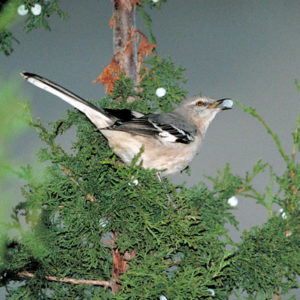 Mockingbird, Official State Bird
Mockingbird, Official State Bird
Moles
Molluscs
aka: Mollusks
Monogeneans
 Raye Montague
Raye Montague
Montague, Raye Jean Jordan
 Raye Montague
Raye Montague
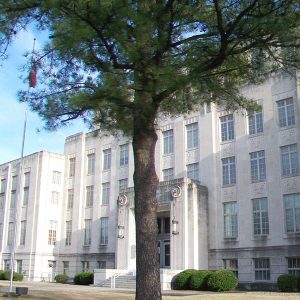 Moon Tree
Moon Tree
Moon Trees
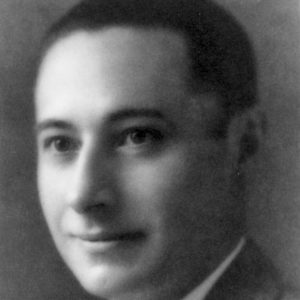 Robert Booth Moore
Robert Booth Moore
Moore, James Norman (Jim)
Moosberg, Carl Avriette
Morris, John William
 Mourning Cloak
Mourning Cloak
Mullets
aka: Gray Mullets
aka: Flathead Gray Mullets
 Murray Lock
Murray Lock
 Murray Lock and Dam
Murray Lock and Dam
Mysid Shrimps
aka: Opossum Shrimps
 Mysids
Mysids
Myxozoans
 Narrows Bridge
Narrows Bridge
Narrows Dam
aka: Lake Greeson
Nashville Sauropod Trackway
 NPCC Dierks Building
NPCC Dierks Building
Natural Gas
Neel, Margarete Ethel
Nematodes
aka: Roundworms
Nematomorpha
aka: Horsehair Worms
aka: Hairworms
Nemertea
aka: Ribbon Worms
 Neuropterans
Neuropterans
 Neuropterans
Neuropterans
Neuropterans
aka: Net-Winged Insects
 New Broadway Bridge
New Broadway Bridge
 New Fraternal Hospital Ad
New Fraternal Hospital Ad
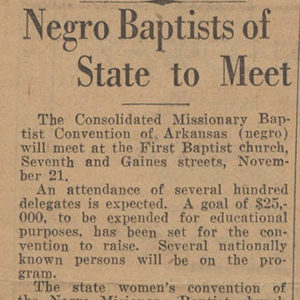 Newspaper Clipping
Newspaper Clipping
 Nimrod Dam
Nimrod Dam




